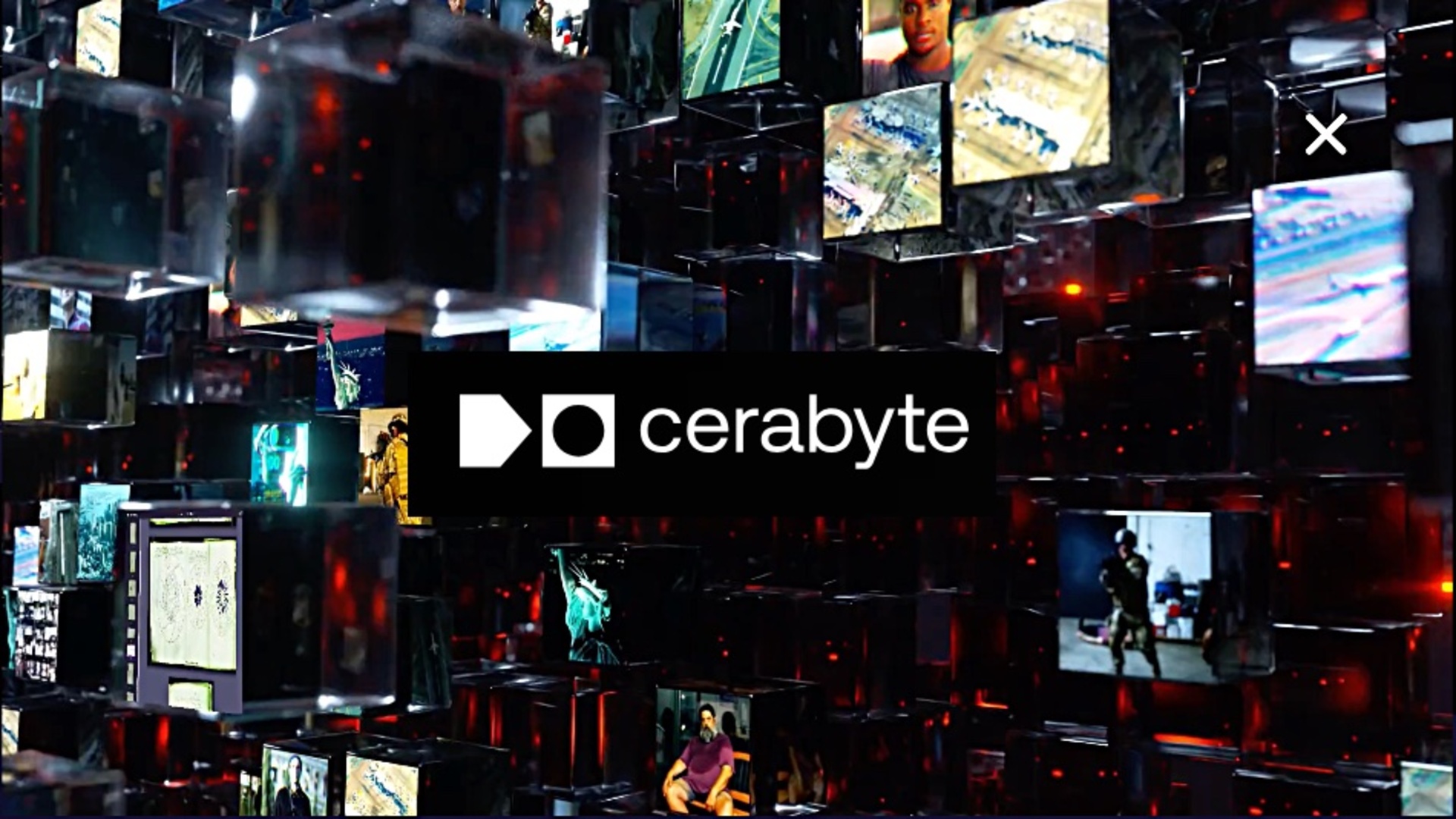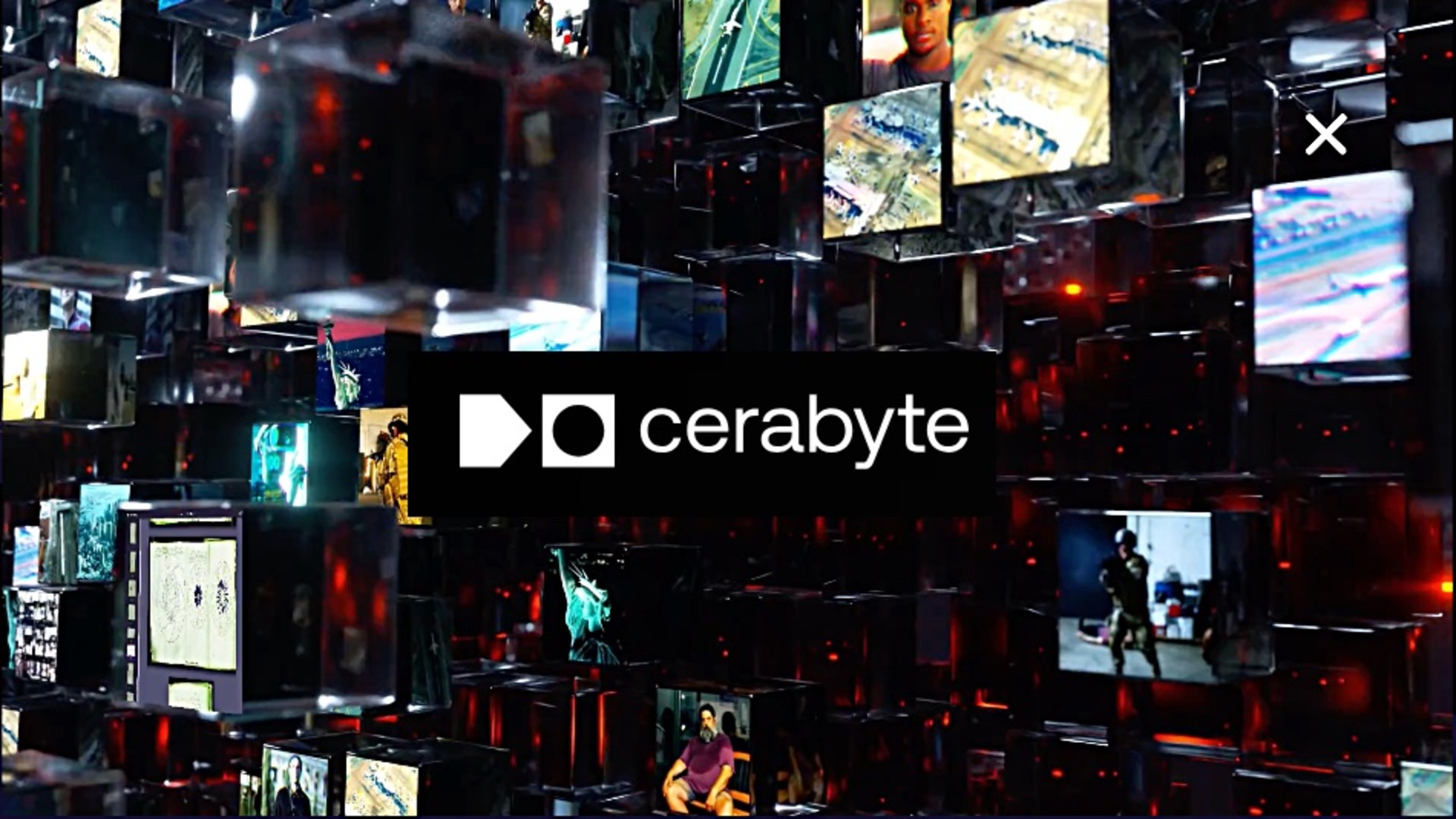
- The first-generation system is slower than tape but aims to scale up rapidly by 2030
- Cerabyte’s roadmap involves physics so advanced it sounds like sci-fi with helium ion beams
- Long-term capacity hinges on speculative tech that doesn’t yet exist outside lab settings
Munich-based startup Cerabyte is developing what it claims could become a disruptive alternative to magnetic tape in archival data storage.
Using femtosecond lasers to etch data onto ceramic layers within glass tablets, the company envisions racks holding more than 100 petabytes (100,000TB) of data by the end of the decade.
Yet despite these bold goals, practical constraints mean it may take decades before such capacity sees real-world usage.
You may like
The journey to 100PB racks starts with slower, first-generation systems
CMO and co-founder Martin Kunze outlined the vision at the recent A3 Tech Live event, noting the system draws on “femtosecond laser etching of a ceramic recording layer on a glass tablet substrate.”
These tablets are housed in cartridges and shuttled by robotic arms inside tape library-style cabinets, a familiar setup with an unconventional twist.
The pilot system, expected by 2026, aims to deliver 1 petabyte per rack with a 90-second time to the first byte and just 100MBps in sustained bandwidth.
Over several refresh cycles, Cerabyte claims that performance will increase, and by 2029 or 2030, it anticipates “a 100-plus PB archival storage rack with 2GBps bandwidth and sub-10-second time to first byte.”
The company’s long-term projections are even more ambitious, and it believes that femtosecond laser technology could evolve into “a particle beam matrix tech” capable of reducing bit size from 300nm to 3nm.
With helium ion beam writing by 2045, Cerabyte imagines a system holding up to 100,000PB in a single rack.
However, such claims are steeped in speculative physics and should, as the report says, be “marveled at but discounted as realizable technology for the time being.”
Cerabyte’s stated advantages over competitors such as Microsoft’s Project Silica, Holomem, and DNA storage include greater media longevity, faster access times, and lower cost per terabyte.
“Lasting more than 100 years compared to tape’s 7 to 15 years,” said Kunze, the solution is designed to handle long-term storage with lower environmental impact.
He also stated the technology could ship data “at 1–2GBps versus tape’s 1GBps,” and “cost $1 per TB against tape’s $2 per TB.”
So far, the company has secured around $10 million in seed capital and over $4 million in grants.
It is now seeking A-round VC funding, with backers including Western Digital, Pure Storage, and In-Q-Tel.
Whether Cerabyte becomes a viable alternative to traditional archival storage methods or ends up as another theoretical advance depends not just on density, but on long-term reliability and cost-effectiveness.
Even if it doesn’t become a practical alternative to large HDDs by 2045, Cerabyte’s work may still influence the future of long-term data storage, just not on the timeline it projects.
Via Blocksandfiles
You might also like
Services Marketplace – Listings, Bookings & Reviews
